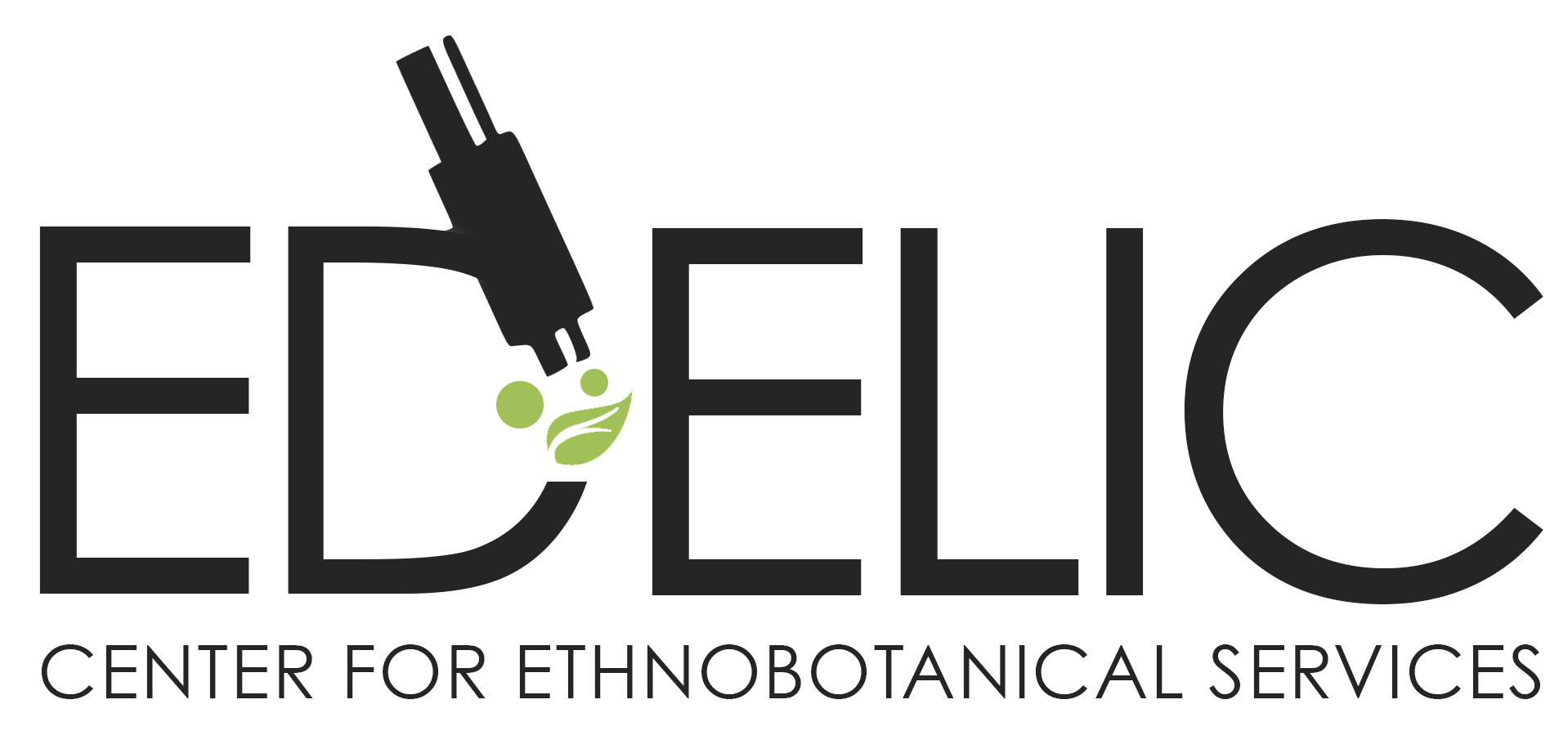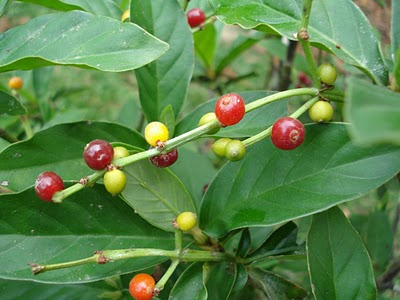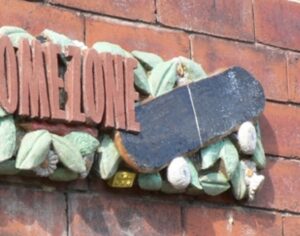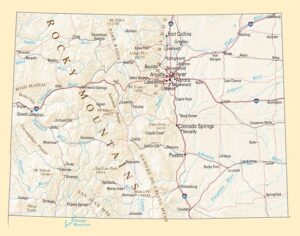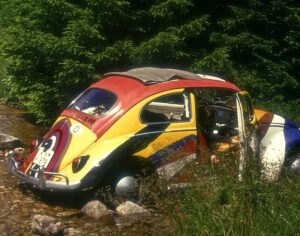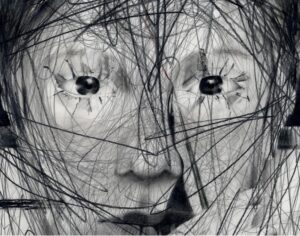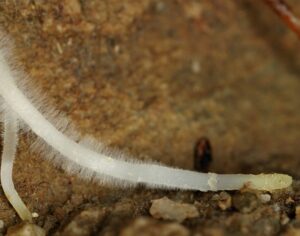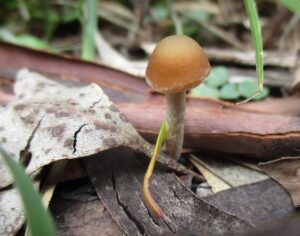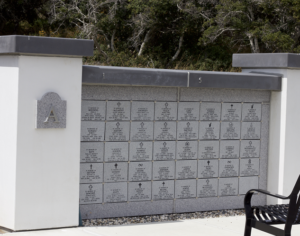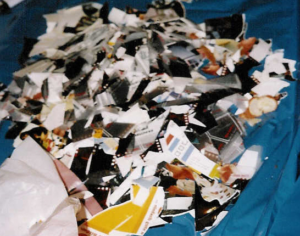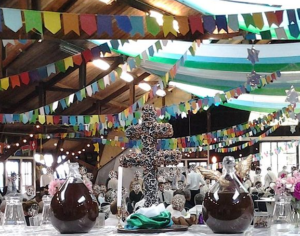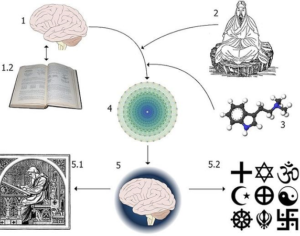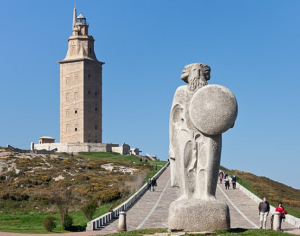A puke bucket and an ancient drug: is ayahuasca the future of PTSD treatment?
Combat-related PTSD is notoriously difficult to treat and in theory ayahuasca can work as a form of drug-assisted exposure therapy. When traumatised people repeatedly avoid fear-inducing situations this only serves to maintain and reinforce the deeply ingrained conditioning that underlies their illness. The idea is that by dredging up traumatic memories and exposing them to conscious awareness within a safe, controlled environment, ayahuasca allows the brain to reassess and extinguish conditioned fear responses.
“People should pursue using ayahuasca with great care and do thorough research to find reputable retreat centres,” advises Alli Feduccia of MAPS, the Multidisciplinary Association for Psychedelic Studies. “Counselling and support during and after ayahuasca retreats are necessary to integrate the intense experiences that can emerge,” she says. “People have been traumatised by ayahuasca experiences because this very needed support is lacking.” Then there’s the risk of interactions with prescription drugs. In addition to DMT, ayahuasca contains potent monoamine oxidase inhibitors (MAOIs), which block an enzyme that usually breaks down neurotransmitters in the brain, including serotonin. As a result, taking ayahuasca while on an SSRI or MAOI antidepressant can cause potentially fatal “serotonin syndrome”. Under normal circumstances the enzyme also breaks down tyramine – found in pork, pickles, smoked and fermented foods, chocolate and alcoholic drinks – and excess tyramine can trigger a dangerous spike in blood pressure.
Original Article (The Guardian):
A puke bucket and an ancient drug: is ayahuasca the future of PTSD treatment?
Artwork Fair Use: Awkipuma
